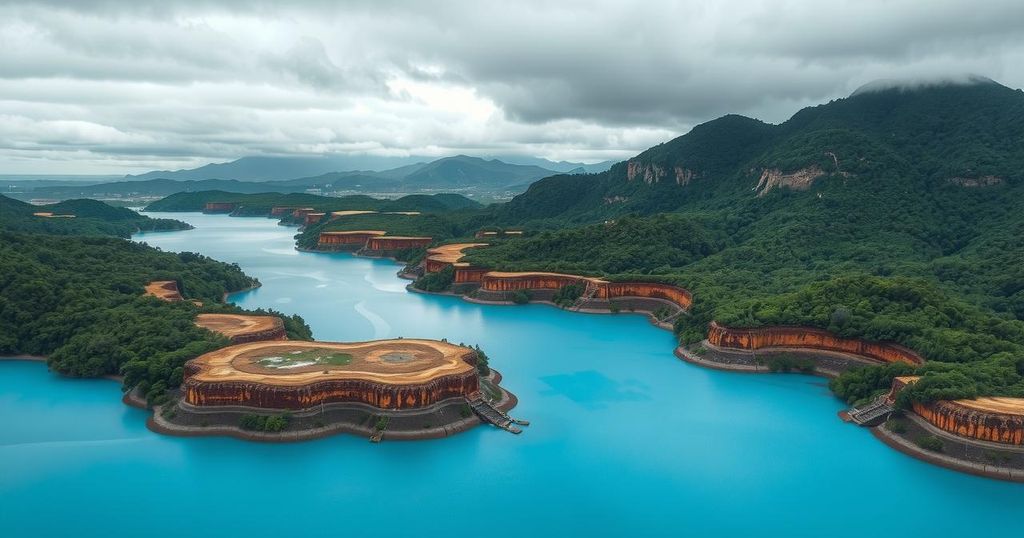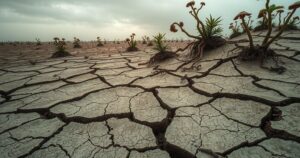São Paulo Faces Water Crisis Fears Amid Climate Change Concerns

Despite current reservoir levels being adequate, São Paulo faces long-term water supply challenges due to climate change. Experts have raised alarms about irregular rainfall and increasing temperatures, signaling the need for improved water management strategies. Infrastructure enhancements and sustainability efforts are paramount to maintaining water security in the region.
Currently, the reservoirs that supply the São Paulo metropolitan area are at satisfactory levels, yet there is growing concern regarding future water scarcity due to climate change. Experts emphasize the urgency for enhanced long-term water supply strategies in light of increasing heatwaves and reduced rainfall. José Marengo, a prominent climatology figure, warns that while the present situation is not alarming, it serves as a preliminary alert for potential droughts and elevated temperatures in the upcoming years.
Greater São Paulo, home to over 20 million residents, is supported by seven main reservoir systems. Recent data shows that their average capacity has decreased from 77.3% last year to 61.7% now. Samuel Barreto from The Nature Conservancy highlights that since the rainy season resumed last October, water sources have not met historical averages. Meanwhile, rainfall patterns have shifted towards irregular bursts, complicating the water scarcity landscape.
Ana Paula Cunha, a researcher at Cemaden, notes that heavy rainfall can create misleading perceptions of ample water resources. An analysis of recent precipitation trends reveals that although rainfall can occur intensely, overall, it is less frequent and more erratically distributed. This worsening rainfall pattern could lead to extreme weather events, underscoring the critical nature of climate fluctuations affecting water availability.
Despite the current adequate water supply conditions, experts are advocating for improvements in infrastructure to address waste from decommissioned pipelines. Former ANA President Jerson Kelman reassures that the situation has improved significantly since the water crisis of 2014-2015 due to numerous engineering developments. February demonstrated high water treatment outputs, which gives confidence for continued supply management.
Sabesp, the water utility, acknowledges the challenges posed by climate change and has proposed a water security plan and enhancement projects. These include transferring water from the Itapanhaú River and expanding collection systems by 2027 to safeguard the future supply. The local government assures that sustainability will remain a focus in their municipal plans as they strive to develop comprehensive water security strategies with international support.
While significant progress has been made, experts like Mr. Barreto highlight the necessity for further adaptations to account for climate unpredictability. Reforestation efforts in the key watersheds of Greater São Paulo are recommended, as these can enhance water retention and mitigate crises. The São Paulo government is actively investing in reforestation and infrastructure projects to address these pressing ecological issues.
In summary, while the current water supply in São Paulo is satisfactory, there are clear indicators of potential climate-induced challenges ahead. Experts warn of irregular rainfall patterns and the impacts of climate change, necessitating systematic long-term strategies and infrastructure improvements to secure water availability. Active measures, such as reforestation and modernization of water management systems, are crucial to building resilience against future water crises.
Original Source: valorinternational.globo.com






